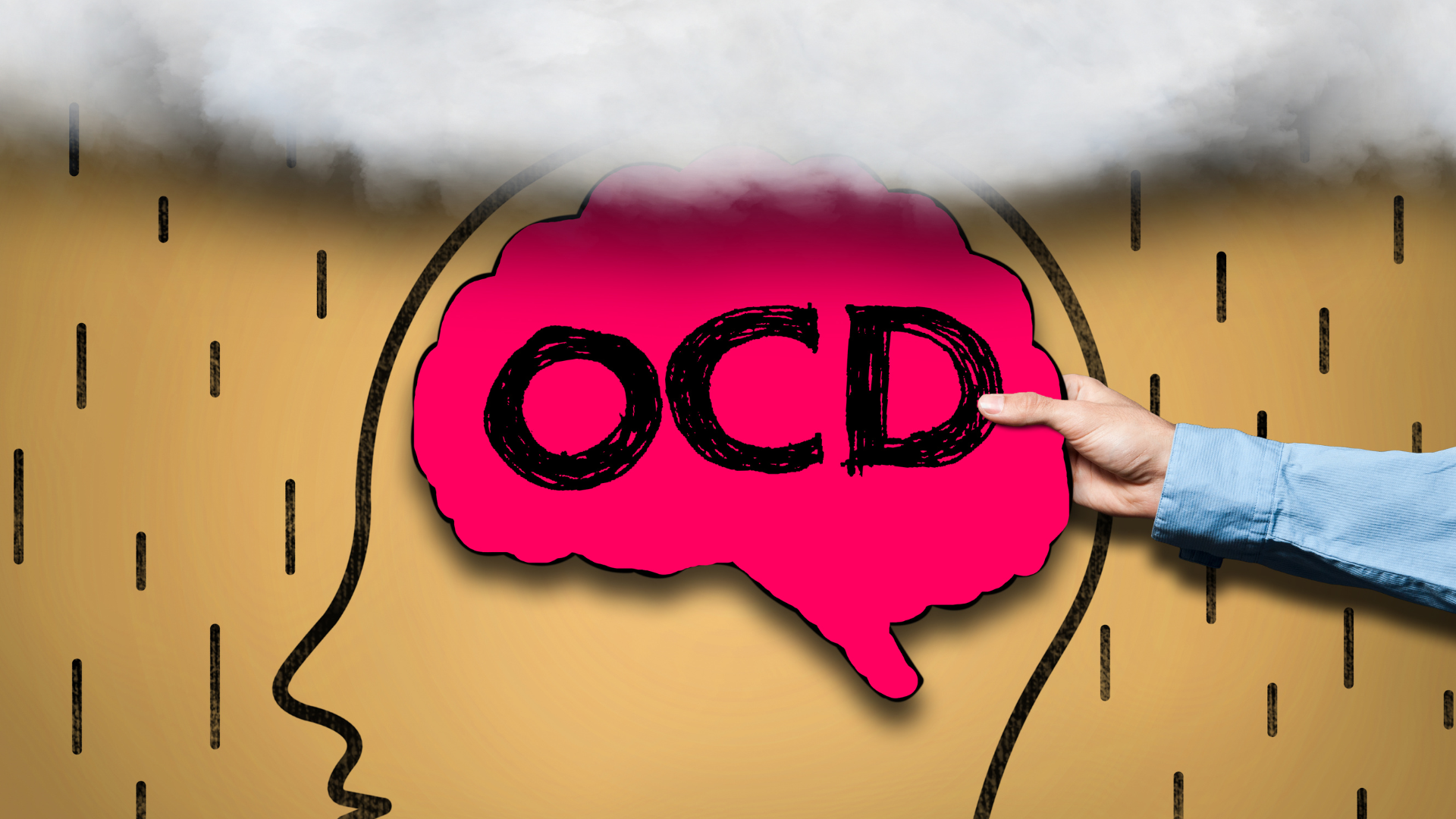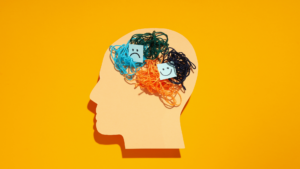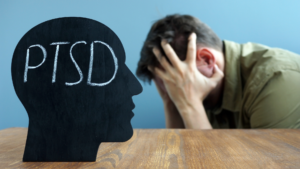
OCD is a mental disorder that affects approximately 1 in 25 adults in the United States, according to the National Institute of Mental Health. Sufferers experience intrusive, unwanted thoughts and images that they cannot control. In this blog post, we’ll explore some facts about OCD you may not have known.
1. A Family History of OCD can Increase Your Risk of Developing the Disorder
OCD is a mental disorder that primarily affects the brain and can cause problems with daily life. While there is no known cause, experts think that genetics and environment may play a role in developing OCD.
If you are worried about whether you might have OCD, it’s important to talk to your doctor. There is no easy test for diagnosing OCD, so your doctor will likely ask you about your symptoms and how they impact your life.
2. OCD Symptoms Usually Appears During Teenage Years
OCD is a mental illness that affects the way a person thinks, feels, and behaves. It’s most commonly diagnosed in adults, but it can develop at any age. The symptoms typically appear during teenage years.
People with OCD often have problems with obsessive thoughts or images that won’t go away. They may be constantly worried about dirt, germs, or some other type of contamination. They may need to check and recheck everything they do or say to make sure they’re not doing anything wrong. Or they may have repetitive rituals, such as counting or checking the same thing multiple times.
OCD can cause enormous stress for people who have it. It can also lead to problems at school or work because someone with OCD can’t stop obsessing about what others might think of them. If left untreated, OCD can significantly impair a person’s ability to function in life.
3. Fear of Dirt can be an OCD Symptom in Children
One of the most common symptoms is an excessive fear of dirt or germs. This fear can be so disabling that it can lead to significant impairments in daily life.
While it’s not clear why some people have this particular fear, there are several theories. Some believe that the disgust we feel when we see dirt or filth is actually a survival mechanism. It’s something that helps us avoid potential dangers and obstacles, like poisonous plants or deadly snakes.
Others think that the fear may be related to our feelings of vulnerability. When we’re around dirt or germs, we may feel like they could contaminate us in some way. This could lead to anxiety and feeling unsafe.
Regardless of why it exists, OCD can cause great distress for those who suffer from it. If you’re worried about your child suffering from OCD, talk to him or her about it. It may help to ease their fears and improve their overall quality of life.
4. OCD can Rarely Develop in Children After Having a Strep Infection
OCD rarely develops in children after having a strep infection. In fact, only about 1 percent of children with OCD develop the disorder after getting strep throat.
PANDAS, or pediatric autoimmune neuropsychiatric disorders associated with streptococcal infections, are conditions when a kid experiences abrupt onset OCD symptoms following a case of strep throat or scarlet fever.
5. OCD can Only be Diagnosed by a Trained Professional
OCD can only be diagnosed by a trained professional. These experts search for indications of obsessions and compulsions as well as the effects of these ideas and behaviors on the person’s life. While the disorder can be treated with medication and/or therapy, it is generally only detected after years of severe symptoms.
6. First-Line Treatments for OCD are Therapy and Medication
The most common first-line treatments for OCD are therapy and medication. Therapy can help people learn how to identify and change their obsessions and compulsions, which can lead to greater overall satisfaction with life.
For instance, Cognitive-Behavioral Therapy (CBT) is considered a standard treatment for OCD. This particular method involves exposing the client gradually to their obsessive thoughts or feared situations while preventing them from engaging in compulsive behaviours. Additionally, the therapy may include incorporating mindfulness techniques that can help clients develop greater awareness and acceptance of their OCD. That said, a person seeking counselling and therapy for themselves or a family member for treating obsessive compulsive disorder, might want to get a consultation from Upper East Side Psychology or another one. This might help the individual unwind more details linked to their symptoms and triggers, which in turn eases the process of consciousness and self-reflection. Therefore, therapy is not merely a leap of faith, but rather an evidence-based and highly effective strategy for treating OCD, comparable to the effectiveness of medication.
Medication also has a range of benefits, including relieving symptoms of OCD, improving quality of life, decreasing anxiety and depression, and preventing relapse. There are several different types of medications available for treating OCD, but the most effective ones typically require ongoing treatment.
7. Some People Diagnosed with OCD Also Have ADHD and Depression
Some people who are diagnosed with OCD also have ADHD and depression. These conditions can make it difficult for people with OCD to focus, behave calmly, and function in their everyday lives.
OCD can cause people to feel anxious, stressed, and overwhelmed. People with OCD may also experience problems with finances or dealing with stress at home.
8. OCD is Considered a Chronic Condition
OCD is considered a chronic condition. Symptoms typically last for more than six months but can persist for years. OCD is characterized by recurrent, intrusive thoughts or images that cause significant distress or interfere with daily life. The thoughts or images may be related to certain situations or objects, and they may vary in intensity from moment to moment. People with OCD often attempt to avoid or neutralize the thoughts or images, which can lead to significant problems in everyday life.
There is no one-size-fits-all approach to managing OCD, but there are several effective treatments available. These treatments often include medication, cognitive-behavioral therapy (CBT), and group therapy. CBT focuses on changing the way people think about their symptoms, while group therapy helps people share their experiences and learn from others who have experience with OCD. Medications, such as Paroxetine (Paxil), are also commonly prescribed and can be effective in reducing the intensity of symptoms by influencing brain chemistry.
However, it’s important to be aware that long-term use of these medications can sometimes lead to dependency. If a person wishes to discontinue their medication or experiences withdrawal effects, seeking the guidance of a mental health professional is crucial. Facilities like the Alternative to Meds Center, known for its Sedona rehab programs, specialize in tapering off medications safely, managing medication withdrawal, and exploring alternative treatments. Most mental health centers across the United States offer resources and support to help individuals navigate these challenges and achieve a balanced approach to their mental health care. These centers tend to focus on holistic approaches to support individuals in their journey towards medication-free recovery, particularly from antidepressants, antipsychotics, and benzodiazepines.
Understanding OCD requires recognizing that it’s more than just a quirk or a habit. It’s a complex mental health condition that affects millions in profound ways. By uncovering lesser-known facts about OCD, we gain a deeper appreciation for the challenges faced by those who live with it. Greater awareness and empathy can lead to more effective support and treatment, ultimately fostering a more inclusive and understanding society. Let’s continue to educate ourselves, challenge misconceptions, and advocate for those affected, ensuring that everyone has the tools and compassion they need to manage and overcome this condition.



